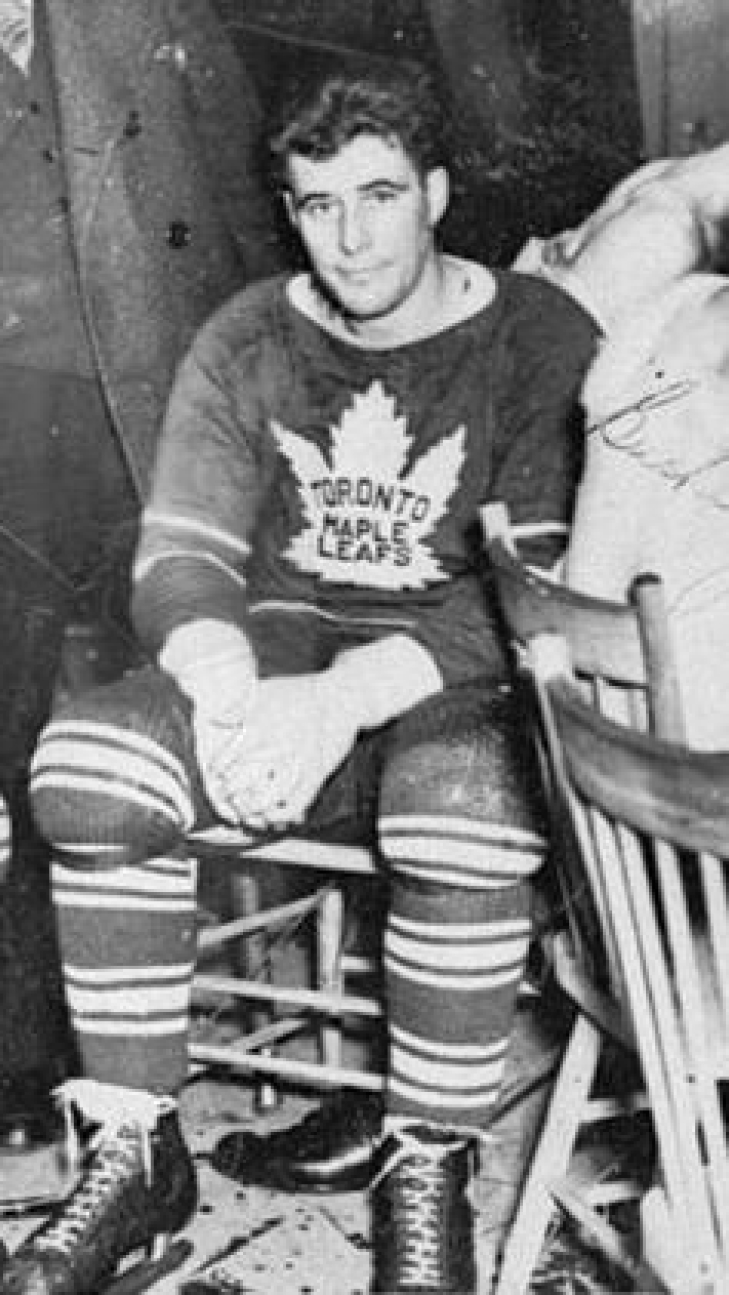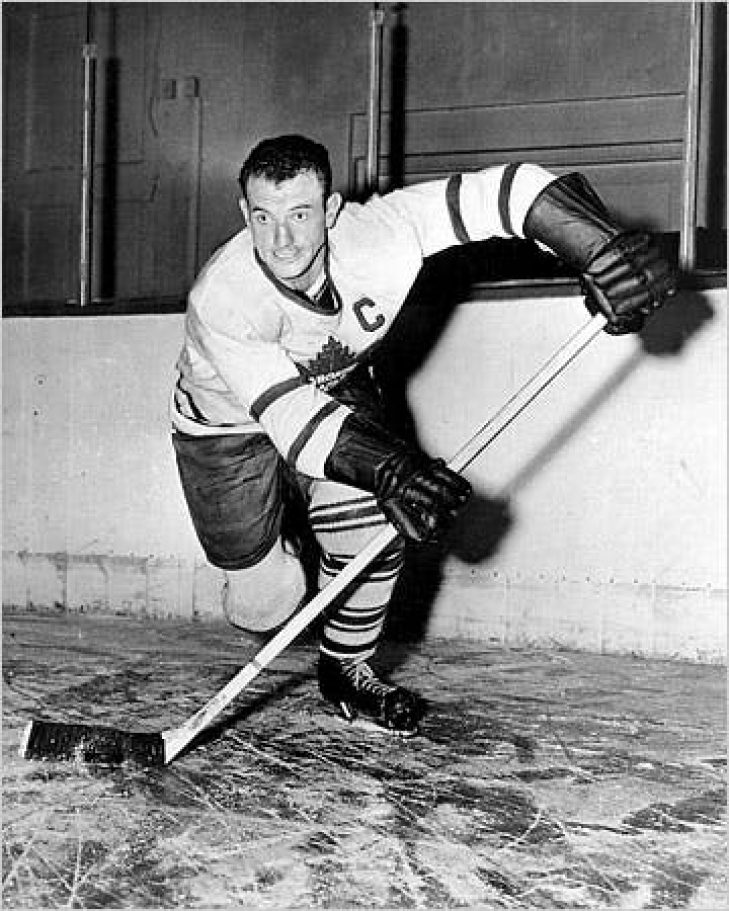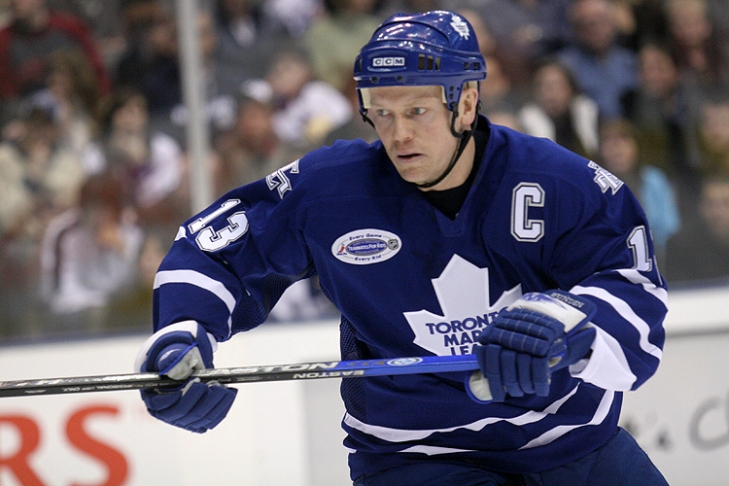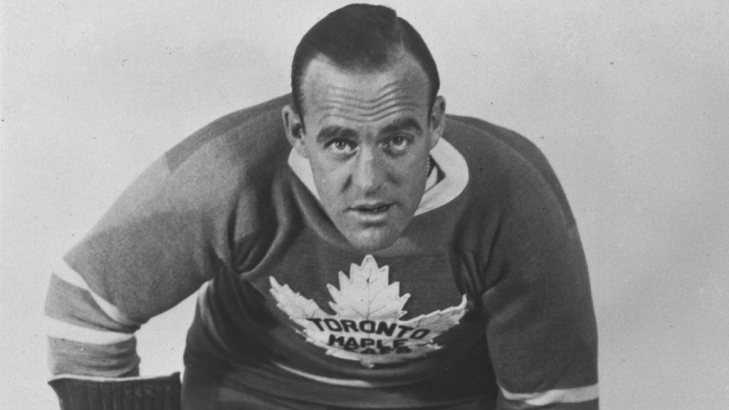
Committee Chairman
11. Busher Jackson
When you are in the Hockey Hall of Fame, it is hard to call you underrated, but in the lore of the Toronto Maple Leafs, Harvey “Busher” Jackson does not nearly receive the due he is deserved.
Jackson was the top Left Wing in hockey, where he starred on the “Kid Line” along with Charlie Conacher and Joe Primeau. Leading Toronto to a Stanley Cup in 1933, Jackson was four-time First Team All-Star, who finished in the top-six in Goals five times. Jackson would lead the NHL in Points in 1931-32 and was the runner-up the year after.
Jackson was known for a blistering backhand, and at times, a cocky attitude. It did not always serve him well, but he backed it up on the ice. After his play slipped, he was traded to the New York Americans for Sweeney Schriner.
With the Leafs, Jackson scored 351 Points in 433 Games, and he entered the Hockey Hall of Fame in 1971.
10. Ted Kennedy
There are so many former Maple Leafs who fans and writers have dubbed as the consummate representative of the team. One that comes up often, and certainly did in his day, was Ted Kennedy.
Kennedy played his entire NHL career for Toronto, debuting as a teenager in 1943 and scoring 49 Points in 1943-44 and 54 Points in 1944-45, with the latter season earning Kennedy and the Maple Leafs win the Stanley Cup. Kennedy had arrived, leading all skaters in Goals (7) in the playoffs, and his two-way skills and selfless play endeared him to his teammates and coaches alike.
Toronto would win three straight Cups (1947-49), with Kennedy being a key performer in all of them. It was as though he saved his best performances when it mattered the most, and he lit the lamp twice in the Cup-winning game in 1948. Kennedy and the Leafs were considered one of the first dynasties in the NHL, and while he was not the top star, he was the glue.
In 1949-50, Kennedy again had a decent year, but the playoff semi-final against Detroit saw the Center injure the Red Wings’ up-and-coming star, Gordie Howe, on a botched check. Some believed (including the Red Wings) that Kennedy did this on purpose, and it invigorated Detroit who upset the Leafs. Kennedy would, however lead Toronto to a Stanley Cup win the following season, his fifth overall.
In the 1950s, Kennedy's production remained the same, but his individual trophy case gained accolades. Kennedy was a Second Team All-Star in 11950, 1951, and 1954, and even though he was not a post-season All-Star in 1954-55, he was named the Hart Trophy winner. With all due respect to Kennedy, he likely should not have won the award, as it was more of a lifetime achievement honor, more than actual recognition of what he accomplished that season. Kennedy retired after that year but did return a year later for 30 Games before retiring for good.
He overall had 560 Points in 696 Games with another 60 in 78 Playoff Games.
Kennedy was elected to the Hockey Hall of Fame in 1966, and in 1993, he was part of the prestigious group that was honored by the Leafs with a banner. His number 9 was retired (along with Charlie Conacher) in 2016.
9. Mats Sundin
Mats Sundin played four seasons with the Quebec Nordiques before he was traded to the Toronto Maple Leafs in the transaction that sent Wendel Clark the other way. It was a tough start for Sundin in Toronto, as Clark’s popularity in Toronto was astronomical, but Sundin proved quickly that Toronto won the trade.
Sundin could not match the 114 Points he scored in the 1992-93 season as a Nordique, but the rules changed that favored a more defensive game, and he was still a Point-per-Game player with Toronto. From 1995-96 to his final year in Toronto, 2007-08, Sundin scored at least 70 Points and would lead the Leafs in scoring eight times. The Swedish Center would be a two-time Second Team All-Star and was arguably the face of the franchise for a decade. Toronto might not have won or even made a Stanley Cup when Sundin was their leader, but any player at the top of their food chain for an Original Six team is a legendary figure.
Sundin entered the Hockey Hall of Fame in 2012, which would be the same year his name was added to honored players at the ACC. The Maple Leafs retired his number #13 in 2016.
7. King Clancy
In the 1920s, while he was playing for the Ottawa Senators, Francis Michael "King" Clancy was one of the top Defenseman in professional hockey. While he likely lost most of the fights he was in, the 150-pounder was afraid of nobody. Clancy led the Sens to two Stanley Cups, but Ottawa made a colossal error, as they traded him to the Toronto Maple Leafs before the 1930/31 Season.
The transaction became known in circles as the "best deal in hockey," and Clancy’s already stellar game had a bigger platform. Clancy led Toronto to a Stanley Cup win in 1932, and he would be named a post-season All-Star four times as a Maple Leaf. Clancy brought leadership and identity to Toronto, and he would also be known for his charitable work off the ice.
Clancy retired in 1936, and he would forever be associated with Toronto, later serving as their Coach, then General Manager, and multiple capacities in between. The NHL would later name an annual award given to the NHL player who demonstrates leadership qualities on and off the ice and who has made exceptional humanitarian contributions in the community.
Clancy was chosen for the Hockey Hall of Fame in 1958. In 1995, his name was part of the group that had their name honored at the Air Canada Center, and in 2016, his number 7 (also with Tim Horton) was retired by the team.





